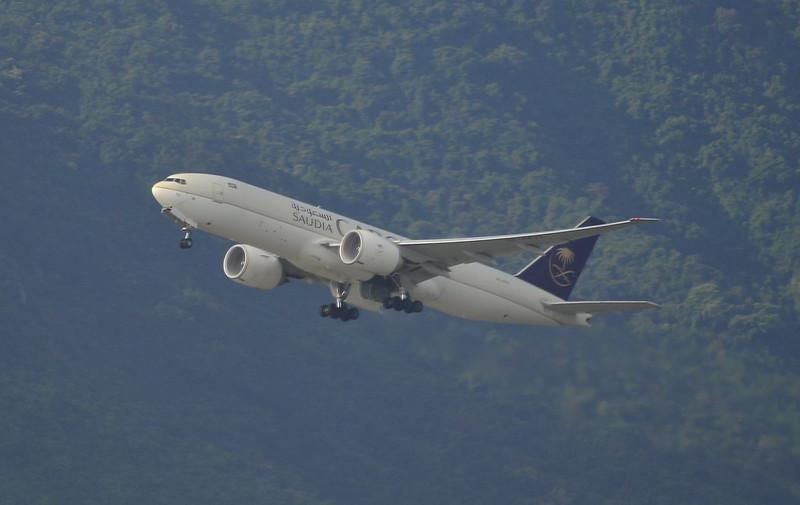Flight Safety Foundation Assessment Targets Downturn’s Added Risks

Credit: Nigel Howarth / Aviation Week
The Flight Safety Foundation (FSF) is leading an effort to quantify safety risks that the downturn’s operational interruptions have introduced into parts of the aviation system so industry can adjust long-term safety programs in response to the new issues. The special Global Aviation Safety...
Subscription Required
This content requires a subscription to one of the Aviation Week Intelligence Network (AWIN) bundles.
Schedule a demo today to find out how you can access this content and similar content related to your area of the global aviation industry.
Already an AWIN subscriber? Login
Did you know? Aviation Week has won top honors multiple times in the Jesse H. Neal National Business Journalism Awards, the business-to-business media equivalent of the Pulitzer Prizes.

